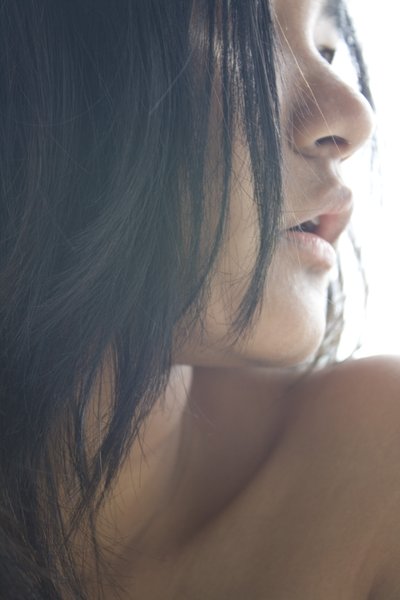While I'm shooting and adding more work to my portfolio, I must begin to think (and rather obsess) about a physical print portfolio. Every photographer interested in a career must invest in both their work and the tools that would connect them to their clients. A print portfolio is the presentation of our work (although arguably in today's time many photographers make do with just a web presence and online portfolios- I'll write about websites another time, it's yet another obsession). It's an investment of both effort and a lot of money, especially since a nice book cover can run in the hundreds and when you add business cards, promo cards, websites, perhaps even a design of your logo (let's put aside the photographic equipment for the moment), you'll be seeing red for awhile before your career could possibly cover it in later years. 'Quite an expensive hobby' as a friend use to say.
As I've started in photography rather haphazardly with more of a conviction than any knowledge, all information relating to photography and the commercial industry and about fashion and the ways to go about setting yourself up comes from the internet, from other photographers much wiser, more experienced, and of course from trial and error and thinking about the path I'd like to take.
There is of course a lot of mis-information from the internet, often contradictory and most of the time rather vague, one must use discerning judgment and hope for the best.
So back to portfolios. General thought by those in the fashion industry for aspiring fashion photographers, your book should be 11x14, comprising 10-20 pages (20-40 single images) of your best work. It is remarkably difficult to find portfolio books in Melbourne (Australia) that 1) looks professional, 2) are of the right size, and 3) allows for easy page changes. It is far more economical and (with a wide range of options) easier to find something online.
House of Portfolios (pictured above) offers a super sleek and solid design (among others). It's really classic and you can personalize them too. I can imagine their leather books are divine to hold. Little bit out of my price range however which is a pity.
I'm quite favouring Pina Zangaro's portfolios, a multitude of presentation covers for those desiring to stand out a little more unique. I suppose they are slightly more modern yet it hasn't stopped me from lusting after their synthetic leather Rossano (pictured right) or the acrylic panelled Vista (in Onyx matte black) all quite conventional choices!
I'm influenced by understated elegance and letting my work show by itself. It should be neat, sleek and simple. The screwpost system also allows you to add more pages when ever you like so that's definitely a bonus.
The only thing left is to go see the portfolios (Zetta Florence in Australia supplies Pina Zangaro), and decide what to print and include and in which layout......
And whether I'd like an imprinting of my logo or any of the other additional personalizations.
Quelle la vie.
(Images belong to their respective companies)




















